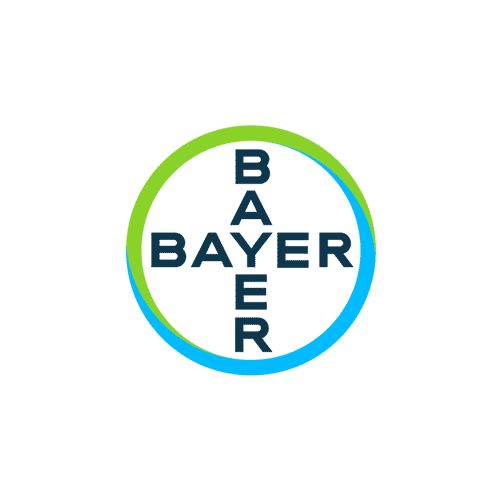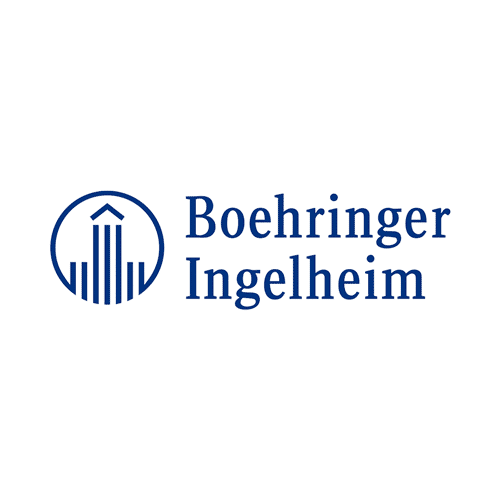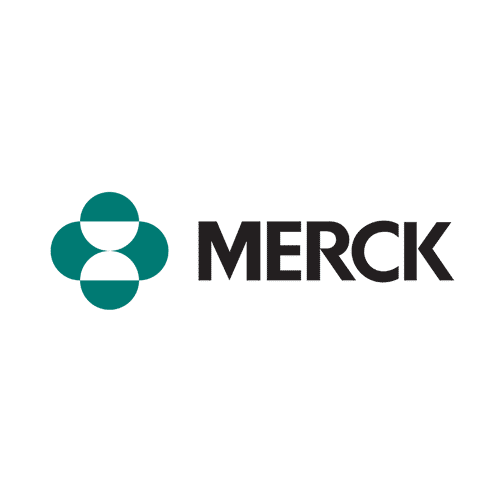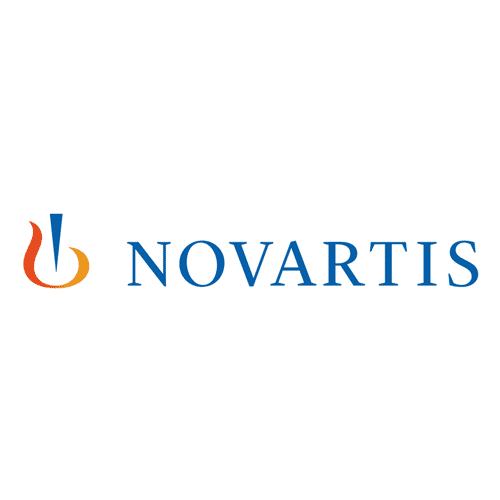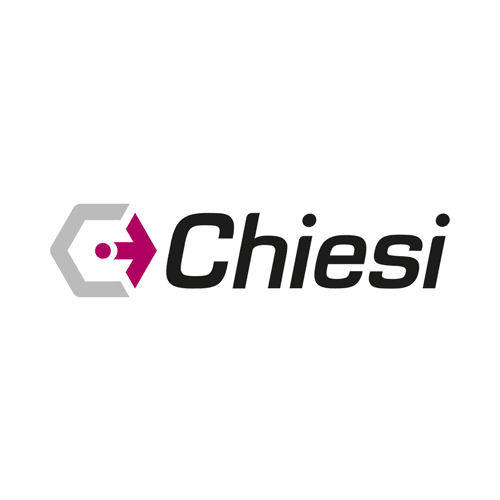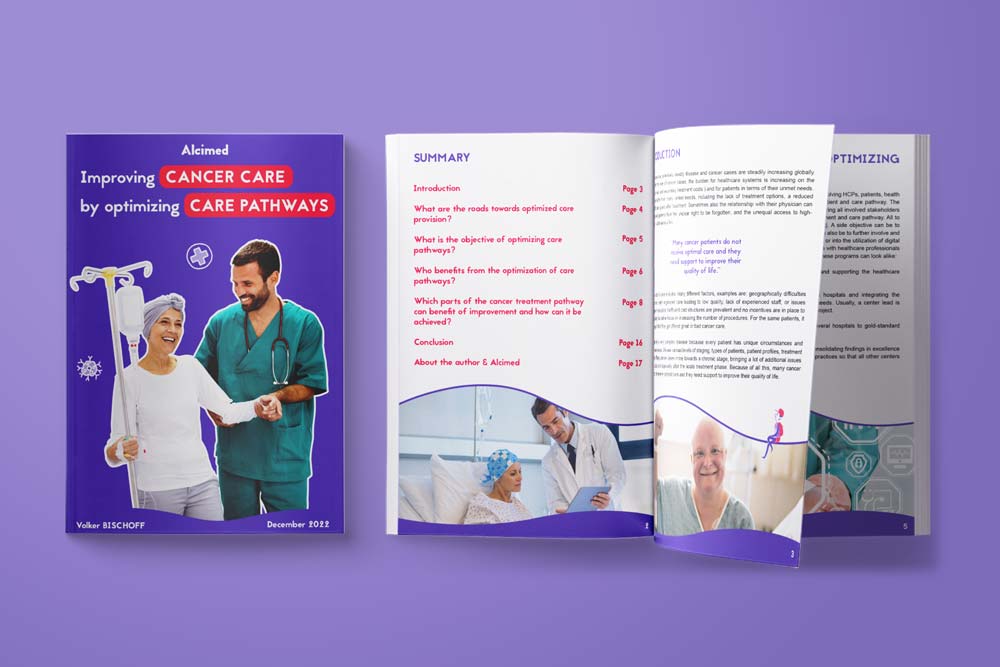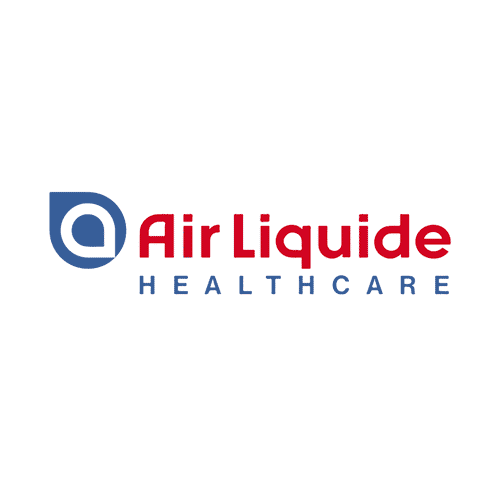
Patient pathway

Streamline patient care by envisioning the care pathways of tomorrow
Our specialized team supports healthcare players in understanding and improving the therapeutic and emotional journey of patients, as well as the role and coordination of key stakeholders (healthcare professionals, patient associations, family members or caregivers, etc.), from pre-diagnosis to palliative care, in both outpatient and hospital settings.
The challenges related to patient pathways
The efficiency of care pathways is a key problem area for all those involved in the healthcare system, who face their own challenges:
- Patients, who become increasingly involved in their care, are looking to access the best treatments, to improve their quality of life, to clear understandable information about their health, to better control their emotions, and to access comprehensive services with coordinated care, in order to maximize their chances of recovery. The foregoing necessarily implies increased clarity of the care pathway, the roles of each stakeholder involved throughout the patient care pathway, the solutions (products and services) available to patients, and an understanding of the emotional impact of their disease.
- Healthcare authorities, who are tasked with making the healthcare system more efficient and modern, by guaranteeing safety and quality of care at the local, regional, and national level, curbing inequality in access to care –which varies greatly from one territory to another– while limiting healthcare expenses and specifically hospitalization expenses (the shift to outpatient care or homecare are examples of solutions for reducing hospitalizations implemented by many countries).
- Accordingly, healthcare professionals, seek ongoing improvement in their practices in order to provide the best possible care for their patients, better coordination with all the stakeholders in a sector (private, hospital, medico-social, institutions, health insurance and insurers, etc.), and support from state structures to facilitate patient management, for example by managing patient data.
- Healthcare manufacturers and suppliers of drugs and medical devices play an active role in the process of improving care pathways through various actions, such as bringing value to patients, doctors, healthcare authorities, and beyond their products: through funding and implementing patient pathway optimization programs, by developing solutions and services (e.g. mobile applications for monitoring treatment, medical telemonitoring solutions, information and testimonial videos, information leaflets, patient support programs, etc.) or, for example, by setting up new roles and responsibilities at the interface between industry and private/hospital (e.g. MSL –Medical Science Liaison– who are becoming fundamental stakeholders in regional healthcare ecosystems). All of these actions help to establish the healthcare industry manufacturers in an even more public position.
- And many other stakeholders who face their own challenges and have a fundamental role in care pathways, such as home care providers, pharmacists, insurers, caregivers, etc.
More generally, many challenges affect all the stakeholders involved, starting with the patient, and can be optimized by establishing a process to optimize the care pathway, including:
Diagnosis time is a major problem area in many care pathways, leaving patients to “therapeutic wandering”, while they impatiently wait to be informed of the causes of their symptoms and to receive the appropriate treatment. One of the main levers for reducing diagnosis time is informing and training healthcare professionals. Many diseases, like rare diseases, are indeed either undiagnosed, or confused with others, through ignorance of their existence, or a lack of knowledge or expertise to detect them. Many tools can be used to conduct a quicker diagnosis and, thus, maximize the chances of recovery.
What tools or methods should be implemented in order to speed up diagnosis? How do you inform and train healthcare professionals in order to reduce diagnosis time?
Coordination and referral between healthcare professionals is another major challenge in the patient pathway, insofar as the management of a chronic disease requires a multidisciplinary approach and coordinated care, thus, involving several stakeholders from different departments, structures, and locations, between primary and specialty care. Many treatment plans remain complex, underinformed, or completely lacking information and clear processes, consequently leading to patient stagnation in their care pathways or major delays in accessing the right healthcare professionals and the right treatments.
How do you set up a clear and shared referencing process at the local level? What tools can facilitate exchanges between healthcare professionals throughout the care pathway?
Although many patients are increasingly active in managing their pathology, many obtain little information besides their interactions with healthcare professionals. There are several means in place today to: keep up-to-date on new treatments, discuss and share daily life and best practices with other patients or caregivers, become involved in a patient association to help other patients, and thus improve well-being and quality of life.
What actions should be implemented in order to foster patient activation and engagement? By what means and how should direct action be taken with patients?
Another major challenge is the management and use of data gathered over the course of patient pathways. Large amounts of data from patient medical records are gathered by various stakeholders regarding patients, the evolution of their diseases (age at diagnosis, type of screening, side effects, disease progression, etc.), and quality of care, and could provide for cross-analyses with a view to global innovation and improved pathways. At present, well beyond ethical debates, a large amount of data is underused and remains compartmentalized. In France, for example, initiatives such as the Health Data Hub –a platform for centralizing data from various organizations– has emerged and paved the way for new projects with varied perspectives: basic research, drug development, monitoring of their real-life uses, and optimization of care pathways (prevention, hospital care, and patient monitoring).
What data can be shared between those involved throughout the care pathway? How is this data collected and used to improve the pathways?
In order to optimize the care pathways and channels, it is necessary to monitor over time the performance of the actions implemented and ongoing improvement of the processes. Accordingly, defining indicators and sharing them within the multidisciplinary teams involved means the optimization process can be preserved over time. The indicators can include: the number of patients involved in a framework, the satisfaction of patients and/or healthcare professionals, cutting waiting time, or the number of patients monitored in a department. These indicators make the change tangible and quantifiable and make it possible to forecast the evolution of sectors over time.
Which indicators should be defined for optimizing care pathways? How do you bring to life the sharing and monitoring of performance within a sector?
The healthcare sector’s impact on the climate and its dependence on fossil energy resources are significant, as illustrated by a recent report by the Shift Project in France, where the healthcare system is responsible for 8% of total greenhouse gas emissions. Reinventing care pathways and associated practices by integrating environmental considerations opens up an unprecedented window of opportunity to improve patient outcomes while improving the sustainability of care pathways (digitalization of certain practices such as teleconsultations or mobile monitoring applications, medical self-diagnosis, home care, prevention strategies, etc.).
How do you reduce the environmental impact of care pathways? How do you encourage and promote the eco-design of patient care pathways?
How we support you in your projects related to patient pathways
Alcimed helps its clients to understand the steps of a patient pathway and to imagine and implement practical solutions to optimize them. The core goal of the projects we conduct regarding patient pathways is to improve a healthcare sector’s performance at the local or regional level, in order to create value for patients, healthcare professionals, healthcare authorities, and pharmaceutical companies.
Our projects cover topics as diverse as understanding the overall challenges of a care pathway for a given disease or treatment, conducting multidisciplinary advisory boards to identify best practices and co-define an ideal model of care, setting up a community of practices, mapping patients’ emotional pathways and developing services to improve them, training local teams of pharmaceutical companies to help them run pathway-based projects, and much more!
Based on this experience, our team has developed a dedicated methodology that has been implemented in more than a hundred projects around the world (in Europe, the United States, Latin America, Asia, the Middle East, etc.) and across a wide range of issues and therapeutic areas (e.g. respiratory diseases such as pulmonary arterial hypertension or interstitial lung disease, cardiovascular diseases such as stroke or hypercholesterolemia, but also in oncology, neurology, gastroenterology, hepatology, etc. ), and which we have called PEPS for ” Patient pathway Efficiency ProgramS”.
Most of our projects are initiated at the local or regional level. The objective is to improve the patient flow and optimize care both in and outside of the hospital, by working in close collaboration with the various stakeholders involved throughout the pathway (diagnostic centers, hospitals, home care workers, patient associations, etc.). As the issues and contexts very often differ from one geography to another, our aim in these projects is to start from the local context of each center or each branch locally and to co-construct concrete and simple solutions, to which key impact indicators are associated.
Overall, our in-depth knowledge of all players involved in patient pathways (pharmaceutical companies, medical device companies, biotechs, health authorities, national and regional institutions, patient associations) and the diversity of projects we are conducting in this field imply that we can quickly understand the pain points of a patient pathway, adopt a tailored, flexible approach and highlight the key challenges that need to be addressed to help our clients move forward.
What they say


"The Alcimed team has allowed us to structure the project appropriately, to plan it in the best possible way, and to make sure that every single step of the project was successful."
Federico Bianco
Head of the Special Care Unit
Examples of recent projects carried out for our clients in patient pathway
You have a project?
To go further
Founded in 1993, Alcimed is an innovation and new business consulting firm, specializing in innovation driven sectors: life sciences (healthcare, biotech, agrifood), energy, environment, mobility, chemicals, materials, cosmetics, aeronautics, space and defence.
Our purpose? Helping both private and public decision-makers explore and develop their uncharted territories: new technologies, new offers, new geographies, possible futures, and new ways to innovate.
Located across eight offices around the world (France, Europe, Singapore and the United States), our team is made up of 220 highly-qualified, multicultural and passionate explorers, with a blended science/technology and business culture.
Our dream? To build a team of 1,000 explorers, to design tomorrow’s world hand in hand with our clients.
Patient pathway or care pathway refers to all the stages a patient experiences in the management of his or her disease, from pre-diagnosis to palliative care. Thus, the various stages of a patient’s care pathway are mainly carried out by private healthcare professionals, in hospitals, in healthcare establishments, in medico-social structures or at the patient’s home: consultations with general practitioners or specialists, diagnostic or screening procedures, various treatments, home monitoring, etc.
Their aim is to ensure access to safe, effective, and coordinated care, and to personalized prevention strategies, all of this within a sustainable economic framework for the healthcare system.
Patient pathway optimization projects are collaborative initiatives usually involving healthcare professionals, patients, healthcare institutions and industry players. They are opportunities for industry players to create value beyond their products and have a greater impact on society. More broadly, they contribute to improving the level of diagnosis and access to care as well as optimizing care management practices along the patient pathways, which translate into better medical outcomes and quality of life for patients. They can also help to raise awareness about a disease, optimize medical resources’ usage and favor collaboration and team work between main stakeholders.
